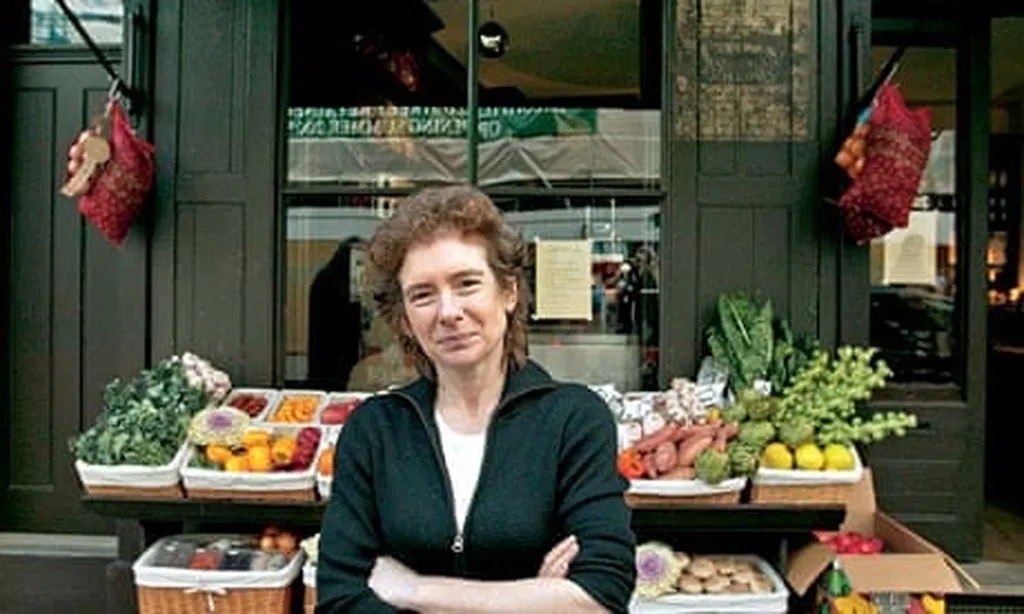In the heart of the Dutch village of Helden, Teboza BV is at the forefront of a technological revolution in asparagus farming. The company is currently operating an autonomous asparagus harvesting robot, the AVL Compact S9000, as part of the Dutch National Fieldlab for Precision Agriculture (NPPL-R Horticulture) programme. This initiative aims to compare the qualitative and quantitative harvesting performances of the robot with traditional manual harvesting methods.
The NPPL-R Horticulture programme is evaluating four different robotic systems, including three harvesting robots and one packaging robot, on Dutch farms. The goal is to provide asparagus growers with clear guidelines on whether investing in a harvesting robot is profitable. Currently, growers face a dilemma: continue with manual harvesting or invest in automated solutions. The lack of clear tools to assess the financial viability of harvesting robots makes this decision challenging.
Toon Tielen, project manager and agri-robotics researcher from Wageningen Plant Research, explains the study’s methodology. In a designated trial plot, four rows of asparagus are harvested manually, while the robot harvests another four rows. The task times and harvest rates of both methods are logged and compared. Quality assessments are also conducted on samples from both harvesting methods. These tests are carried out randomly throughout the asparagus season to provide a comprehensive overview of the entire harvesting period.
Rik Kursten, director of Teboza, acknowledges the challenges robots face in outdoor, variable conditions. “It is a challenge for robots to perform outdoors in difficult and changing conditions,” he states. To better understand the robot’s performance, an additional camera is mounted on the AVL Compact S9000. This camera provides feedback on the robot’s performance, checking each module to ensure an asparagus spear is in the gripper and measuring quality characteristics such as width and length. This data helps identify mechanical obstructions or underperforming modules, providing valuable insights for both the grower and the manufacturer.
Tielen is positively surprised by the capabilities of the AVL Compact S9000. “It is quite advanced,” he notes. However, he emphasizes the need for independent validation of the robot’s performance to help growers make informed purchase decisions. The NPPL project aims to address this by providing data on the robot’s working speed, technical performance, and the quality of harvested asparagus.
Integration into the operational process is another critical aspect of the NPPL project. Researchers are exploring how the robot’s technology can be improved to better integrate with existing operational processes. Data collected during robotic harvesting, combined with GPS locations, could be used to create visualizations on a field map. This data could help growers make targeted decisions about specific cultivation measures, improving overall efficiency.
Teboza has been involved in robotics initiatives in asparagus cultivation for about a decade, with extensive experience using the AVL Compact S9000. Kursten highlights the potential benefits of reducing dependence on seasonal labour and improving operational reliability. However, he also recognizes the challenges posed by the limited development time available for the robot due to the seasonal nature of asparagus cultivation.
AVL Motion, the developer of the AVL Compact S9000, has been working on the autonomous selective asparagus harvesting robot since 2018. Co-founder and CFO Raymond van den Bos is confident in the robot’s capabilities. “This robot can already harvest just as well—and in our view even better—than a human,” he says. The robot’s self-learning algorithm ensures consistent performance and continuous improvement in working quality.
Despite the promising advancements, asparagus growers remain cautious about investing in robotics. Last year’s challenging weather conditions, with excessive rainfall and limited sunshine, resulted in lower asparagus yields. This uncertainty highlights the need for reliable data on the robot’s performance under typical harvesting conditions.
The ongoing NPPL project at Teboza aims to provide this data, offering clear insights into the robot’s harvesting capacity and the quality of robotically harvested asparagus compared to manual harvesting. As the project progresses, it is expected to shed light on the potential benefits and challenges of adopting harvesting robots in asparagus cultivation, ultimately helping growers make more informed decisions.

